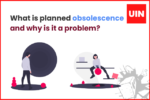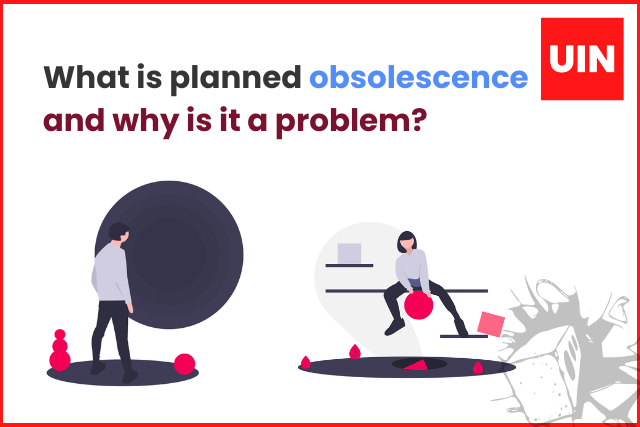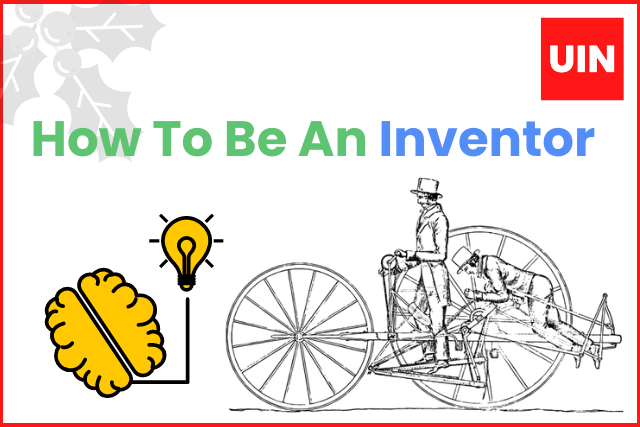Introduction
Planned obsolescence is a product design trend that has been growing in popularity over the past few decades. Simply put, it is the practice of designing products with a shortened lifespan in mind. This often means manufacturers will replace parts or entire products sooner than they would otherwise. This trend is problematic for a few reasons. First, it creates waste. When products are replaced more frequently than necessary, factories have to produce more products to meet demand which means more waste is created. Second, it deters consumers from buying products because they know they will have to replace them soon. This can impact sales and overall industry growth. If you want to fight back against planned obsolescence, there are a few things you can do. First, educate yourself on the issue. Second, advocate for tougher consumer protection laws. Third, work to change consumer behavior so that they are less tempted to purchase products that are destined to be replaced soon anyway.
Table of Contents
- Introduction
- What is Planned Obsolescence?
- The Negative Impact of Planned Obsolescence on the Environment
- The Negative Impact of Planned Obsolescence on Consumers
- How to Avoid Planned Obsolescence in Your Business
- better ways to grow a business without planned obsolescence
- Conclusion
- Frequently Asked Questions
What is Planned Obsolescence?
Planned obsolescence is a problem because it creates unnecessary waste and pollution. It’s when a product has a designed lifespan that is shorter than the period of use. This means that manufacturers set a minimum amount of time that the product should last before it needs to be replaced, even if the user wants to keep using it longer.
Manufacturers use planned obsolescence in order to make more money. They know that customers will replace an item sooner rather than later, and they can charge more for the replacement product. This leads to environmental problems because we throw away products instead of recycling them or using them in another way.
There are different types of planned obsolescence:
-Functional obsolescence is when an item ceases to function as well as it did when new.
-Design obsolescence is when an item’s design becomes outdated or no longer looks modern.
-Environmental obsolescence is when an item creates pollution or wastes resources.
The Negative Impact of Planned Obsolescence on the Environment
Planned obsolescence is a marketing strategy employed by many consumer goods companies to reduce the lifespan of their products. The theory behind planned obsolescence is that consumers will eventually become bored with a product and will either stop using it or switch to a newer model. This in turn will decrease the sales of the older model, which in turn will enable the company to sell more new products.
There are many negative consequences of planned obsolescence on the environment. For example, when consumers replace old products with new ones, they create environmental waste. In addition, when products are designed to be replaced sooner rather than later, they often require more resources (such as energy) to produce. This can lead to increased pollution and environmental damage. Finally, planned obsolescence frequently results in consumers spending more money than necessary on replacement products, which can strain budgets and contribute to economic downturns.
The Negative Impact of Planned Obsolescence on Consumers
Planned obsolescence is a marketing strategy used by manufacturers to artificially create an urge in consumers to replace products that have reached the end of their lifespan or are no longer being manufactured. The goal of this technique is to increase sales and profits by convincing consumers to spend more money on new versions of products instead of investing in repairing or replacing older versions.
The negative impact of planned obsolescence on consumers can be seen in many ways. First, it can lead to unnecessary spending. For example, if a product is designed to be replaced every few years, consumers may feel the need to buy a new version even if the old one is still functioning well. This cycle of buying new products over and over again can become addictive, contributing to wasteful spending and increased debt.
Second, planned obsolescence often creates quality issues. By forcing manufacturers to release new versions of their products frequently, they are often forced to make changes that compromise the quality of the original product. This means that customers may encounter problems with their products that were not present before the latest update was released (known as “design flaws”).
Finally, planned obsolescence can have negative impacts on the environment. By creating incentives for people to replace old products with new ones, manufacturers are contributing to the problem of wastefulness and pollution. We produce more waste when we replace old belongings with newer versions instead of repairing them or recycling them, and we produce more pollution when we throw away old products instead of using them
How to Avoid Planned Obsolescence in Your Business
Planned obsolescence is a marketing strategy used by businesses to create an artificial need for their products, leading consumers to replace them more frequently. This decreases the value of products over time and can ultimately harm the businesses that use this strategy.
There are several reasons why planned obsolescence is a problem. First, it creates a trend of buying new products instead of using older ones. This can lead to wasteful spending and increased debt burdens. Second, it can make it difficult for consumers to upgrade or repair their products when they need to. This means that businesses have an advantage over their competitors in the market because they can sell newer, more advanced products that may not be compatible with older models.
To avoid planned obsolescence in your business, be sure to design your products with longevity in mind. Make sure your product features are easy to access and maintain, and make sure your items are compatible with other similar products on the market. Additionally, be sure to communicate with your consumers about how long your product will last and ensure that any warranty information is clear and concise.
better ways to grow a business without planned obsolescence
Planned obsolescence is the practice of designing products with a limited lifespan, so that they will become obsolete or no longer functional after a certain period of time. This can be used as a strategy by businesses to increase sales and profits, as customers are forced to replace their products more frequently. However, there are alternative strategies that businesses can use to grow and sustain their operations without relying on planned obsolescence:
- Focus on quality: By creating high-quality products that are built to last, businesses can build customer loyalty and reduce the need to constantly replace products. This can also lead to cost savings in the long run, as customers are less likely to need repairs or replacements.
- Offer repair or maintenance services: By offering repair or maintenance services, businesses can extend the life of their products and create an additional revenue stream. This can also help to reduce waste and improve the sustainability of the business.
- Diversify product offerings: Rather than relying on a single product or product line, businesses can diversify their offerings to include a range of products that meet the needs of different customers. This can help to reduce the impact of obsolescence on any single product and increase the overall resilience of the business.
- Embrace sustainability: By incorporating sustainable practices into the design, production, and distribution of their products, businesses can not only reduce their environmental impact but also appeal to an increasingly environmentally-conscious consumer base.
- Foster customer relationships: By building strong relationships with customers, businesses can increase customer loyalty and encourage repeat business. This can be done through excellent customer service, personalized marketing, and other strategies that create a positive customer experience.
Conclusion
Planned obsolescence is a problem because it creates products that are designed to be replaced or abandoned after a short period of use. This leads to consumers spending more money on replacement products and also wastes resources in the manufacturing process. It’s important to be aware of planned obsolescence so that you can make informed choices about what products you buy and how you use them.
Frequently Asked Questions
What is planned obsolescence?

Planned obsolescence refers to the practice of intentionally designing products with a shorter lifespan than necessary, encouraging consumers to replace them more frequently. It can be achieved through various means such as functional, design, or environmental obsolescence.
Why is planned obsolescence a problem?
Planned obsolescence poses several issues. Firstly, it generates unnecessary waste and pollution as products are discarded rather than recycled or used longer. Secondly, it influences consumer behavior by creating a mindset of frequent replacements, impacting sales and industry growth. Lastly, it places a strain on resources, as more products need to be manufactured to meet demand.
What is the negative impact of planned obsolescence on the environment?
Planned obsolescence contributes to environmental degradation in multiple ways. When consumers replace old products with new ones, it results in increased waste. Additionally, products designed for early replacement often require more resources during production, leading to heightened pollution and environmental damage.
How does planned obsolescence affect consumers?
Planned obsolescence has negative consequences for consumers. It can lead to unnecessary spending, as individuals feel compelled to purchase new versions of products even if the older ones are still functional. This cycle of constant buying can contribute to wasteful spending and increased debt. Furthermore, planned obsolescence can compromise the quality of products, introducing design flaws or reducing their overall durability.
How can businesses avoid planned obsolescence?
To avoid planned obsolescence, businesses can adopt alternative strategies for growth. They can focus on creating high-quality products that are built to last, offer repair or maintenance services, diversify their product offerings, embrace sustainability practices, and foster strong customer relationships. These approaches can contribute to long-term success without relying on the planned obsolescence model.


Zaproxy dolore alias impedit expedita quisquam.